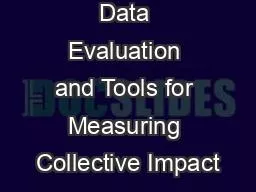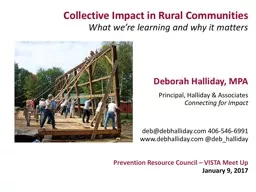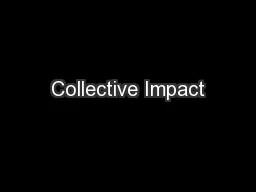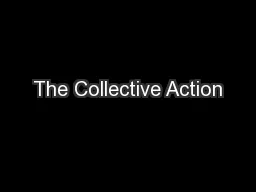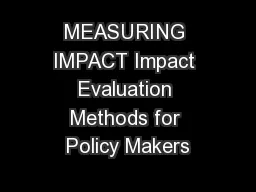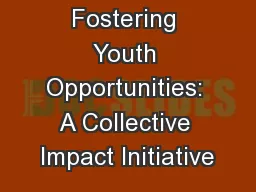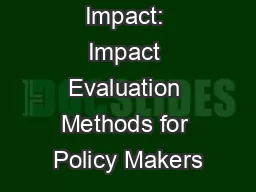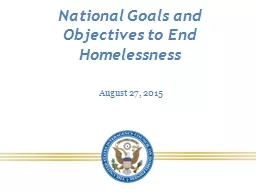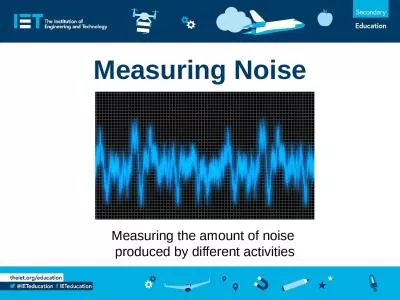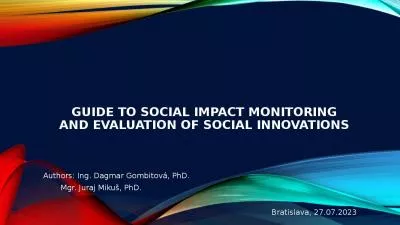PPT-Data Evaluation and Tools for Measuring Collective Impact
Author : funname | Published Date : 2020-08-28
Christine Murray UNC Greensboro Cindy Fraga Rizo UNC Chapel Hill Tonya VanDeinse UNC Chapel Hill Presentation Overview Data amp Evaluation Strategies of the Guilford
Presentation Embed Code
Download Presentation
Download Presentation The PPT/PDF document "Data Evaluation and Tools for Measuring ..." is the property of its rightful owner. Permission is granted to download and print the materials on this website for personal, non-commercial use only, and to display it on your personal computer provided you do not modify the materials and that you retain all copyright notices contained in the materials. By downloading content from our website, you accept the terms of this agreement.
Data Evaluation and Tools for Measuring Collective Impact: Transcript
Download Rules Of Document
"Data Evaluation and Tools for Measuring Collective Impact"The content belongs to its owner. You may download and print it for personal use, without modification, and keep all copyright notices. By downloading, you agree to these terms.
Related Documents

